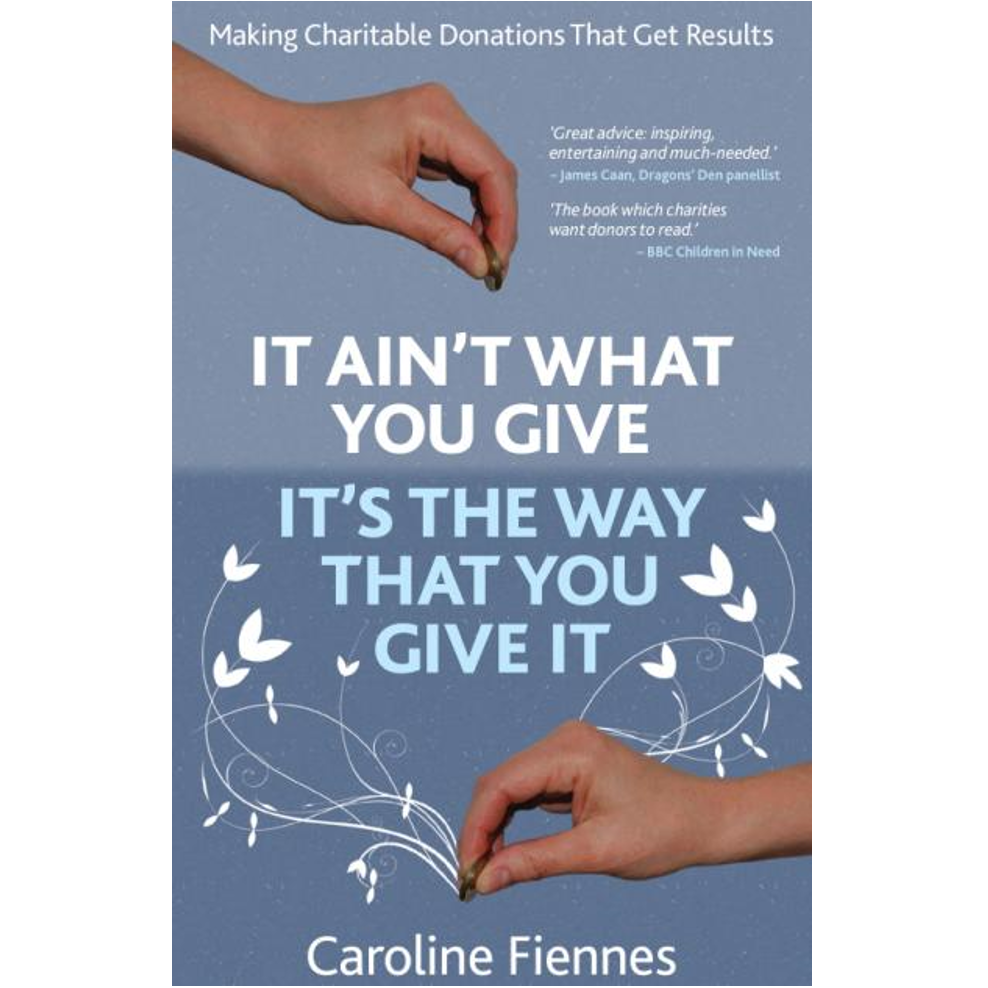If campaigns to raise awareness of global poverty and progress fixing it are only reaching people already interested, what should we do? The Gates Foundation is one of many bodies concerned about this, and asked various communicators and academics to design some communications and campaigns to reach other audiences. They knew well the literature which shows: how people respond to messages, and that comedy can be a Trojan horse carrying messages beyond their normal reach. It also shows that engagement with social issues is hindered by ‘otherness’, the notion that they only affect people very different and far away; and ‘narrative transportation’ a well-evidence theory created by two psychologists, that when we’re transported deeply into a story, our barriers to persuasion fall. 
The result is Stand Up Planet, an hour-long comedic travelogue documentary TV show, “to entertain, to enlighten, and to see people living around the world through a new lens.” Fronted by an Indian born US stand-up comic, it’s hilarious. And the evaluations suggest that it’s effective at influencing attitudes, and the underpinning theories explain why.
Isaac Newton famously proclaimed, in a rare moment of humility, that “if I have seen further than others, it has been by standing on the shoulders of gian ts.” Being only 5’2”, standing on anyone’s shoulders sounds good to me.
ts.” Being only 5’2”, standing on anyone’s shoulders sounds good to me.
Charities could do more ‘standing on giants’ like this. It would remove two weird and wasteful traps to which we’re prone. The first is thinking that every single charity should produce research into its impact. This dreadful notion has emerged over the last 15 years from the M&E / impact lobby (of which I was part – oops), and is a problem because producing reliable research is hard and a specialism. Few charities have the skills or money for good research – because they’re instead designed to deliver services or run campaigns – and operational charities aren’t incentivised to do research. Better for them to use research which specialist giants have already produced.
The second related issue is thinking that programmes are so innovative that no relevant research exists at all. This is almost never true: there is little so new or off-the-wall under the sun that humankind’s entire experience cannot inform a guess as to whether it’ll work or how to do it well. Take social impact bonds. Though they were unprecedented, they are basically a way to give providers an incentive to achieve particular targets – and a great deal is known about how organisations respond to incentives.
So let’s stop producing so much bad research and instead use existing research prod
uced by relevant giants. Equally, funders need to stop asking every organisation for the impact research it has produced, and instead ask about the research that it uses.
What is the best research to use? It’s a systematic review of all the evidence relevant to a topic. Systematic reviews are increasingly common in social issues. Next month we’ll look at how they work and a systematic review underway commissioned by a foundation to inform their funding. It’s enabling us to see far further than research by any individual organisation ever would.
This article first published in Third Sector.

